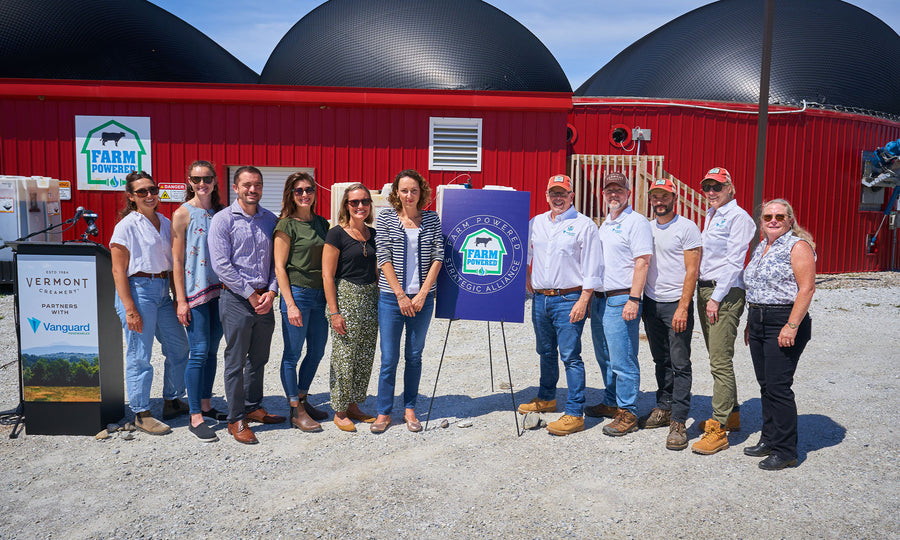
Recently, I am proud to share that the state of Vermont achieved a milestone that is very personal and important to me – unanimously passing groundbreaking legislation that aims to make child care affordable, accessible and of quality for all families.
It amounts to a much needed, ambitious, forward-thinking overhaul of the state’s childcare system. Yesterday, Governor Phil Scott signed H171 into law; it expands eligibility for the Childcare Financial Assistance Program to ensure that Vermonters wouldn’t pay more than 10% of their household income, provides scholarships for early childhood and creates a mechanism to evaluate the industry staffing compensation.
I applaud the passionate advocates involved in this heroic feat, Let’s Grow Kids that led this initiative, bringing together groups statewide that care deeply about effecting change and the business community that came in strong support of this bill. We’re deeply proud to have put a fingerprint on the future of our state today with this big step. This landmark bill will help our state attract and retain a diverse workforce, care for it’s children and can also become a blueprint to support the investment in our children at a national level.
According to Let’s Grow Kids, three out of five Vermont children don’t have access to child care and often families will pay 30% of their income even with financial assistance – making it feel like an additional mortgage payment. When parents can’t find or afford childcare, businesses suffer, communities feel the sting and, overall, our economy is deeply impacted.
We can’t ignore these statistics:
-
The US Census Bureau estimates that approximately 71.5% of Vermont children under age 6 have all available parents in the labor force, meaning that they're likely to need some form of child care while a parent is working.
-
Approximately 21,225 children under the age of 5 in Vermont are likely to need some form of child care.
-
Full-day, full-year child care programs in Vermont only have about 12,300 spaces available for infants, toddlers, and preschoolers and of those spaces, only 8,010 are high-quality according to the state’s STARs quality recognition program.
-
Middle-income families with two parents and two young children are spending more than 40% of their income on child care.
-
Right now, the average cost of child care for a family in Vermont is over $20,000 a year—more than the cost of full-time, in-state tuition at a Vermont State College.
When the world shut down, the gaps in our childcare policies were center stage – more so than ever before. It accelerated inequalities in the workforce and within the child care industry. Our company immediately felt the pain of this child care crisis through its working parents. Nearly 10% of our employees struggled to come into work, some parents were not able to come to work because schools and child care centers were closed. We found ourselves in a situation where we had to adjust our production schedule, and adjust our volume to give parents the flexibility they needed.
This challenge continues. Many of our employees are challenged to find openings in child care programs for their kids, and struggle to afford the rates. They manage with a hybrid of options: hours at center or home-based programs combined with family and friends. Before the pandemic, the ripple effect of one snow day created what felt like significant challenges.
There is no question the passage of H171 is a step in the right direction. It will begin the rebuilding of the child care system and is an investment in Vermont’s demographic future.
With the passage of this bill, we are turning a new page to the future of Vermont’s child care policies, opening doors and providing solutions to families across the state and those considering a move to this beautiful community. For many, remote work is now possible and young families are considering a change from urban to rural life. Childcare is an essential infrastructure central to the health, vibrancy, and diversity of our state’s businesses, families, and economy. Vermont is in a much stronger position to attract those families and a revamped child care system is integral to a brighter future and thriving economy.




